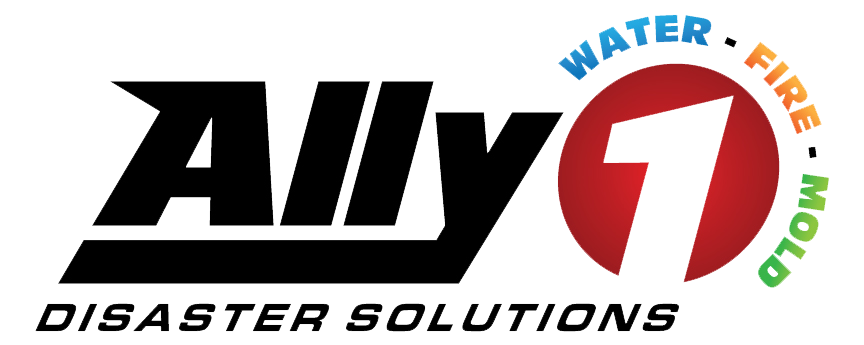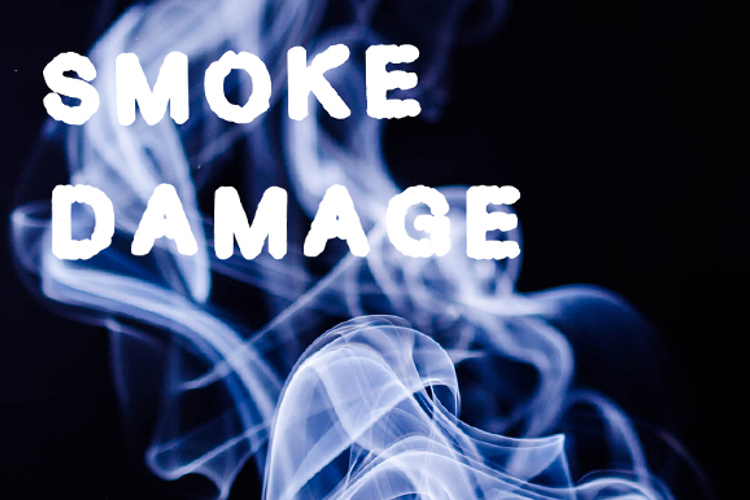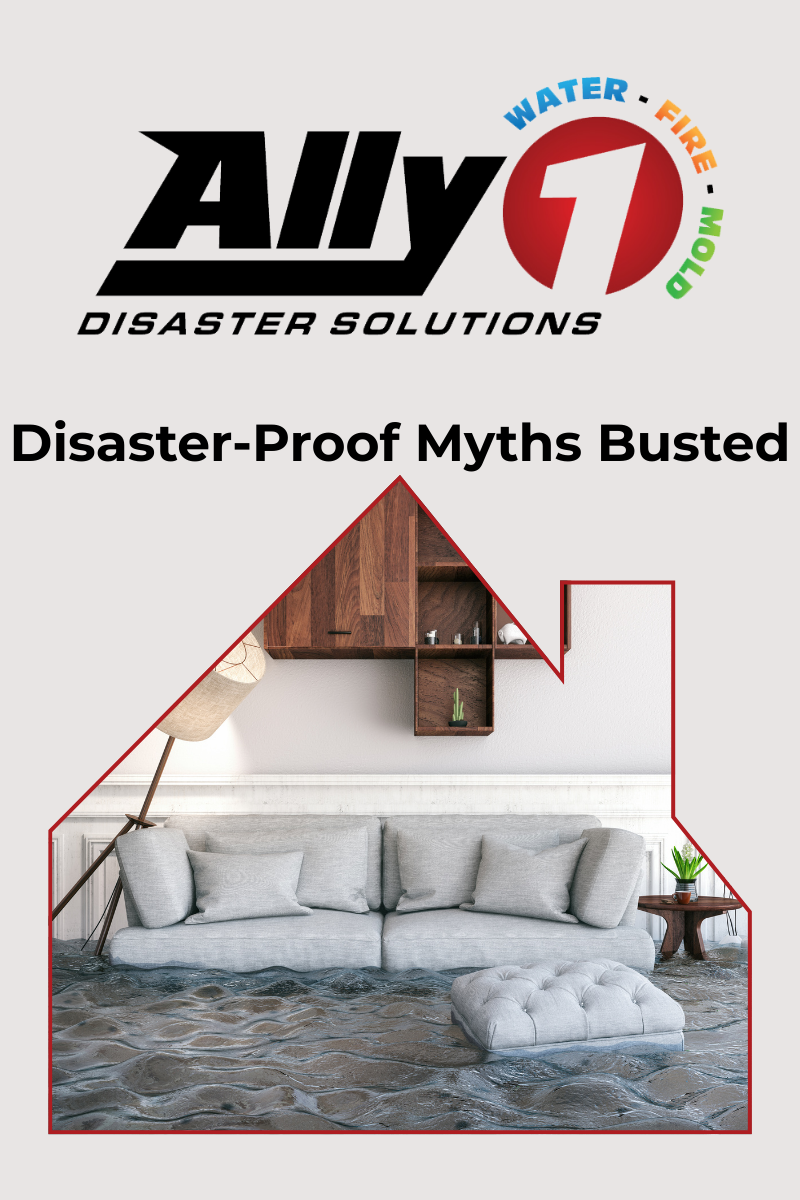 Not all water damage is equal. Some cases of flooding and water damage, while still obnoxious and destructive don’t pose nearly the same threat or cause the same damage as others. Oftentimes, this has to do with the level of contamination in the floodwater itself. Floodwater is almost never clean to the point that you should come into contact with it without taking proper safety precautions. Thus, the safest and wisest thing you should do after a flood is contact a certified cleaning and restoration company to restore the damage. They will be able to determine the level of contamination in the flood water and deal with it safely and appropriately. Ally1 Disaster Solutions in the St. George area is one such company dedicated to giving you only the best quality water damage restoration services. Below are the three categories of water damage and what they mean or you.
Not all water damage is equal. Some cases of flooding and water damage, while still obnoxious and destructive don’t pose nearly the same threat or cause the same damage as others. Oftentimes, this has to do with the level of contamination in the floodwater itself. Floodwater is almost never clean to the point that you should come into contact with it without taking proper safety precautions. Thus, the safest and wisest thing you should do after a flood is contact a certified cleaning and restoration company to restore the damage. They will be able to determine the level of contamination in the flood water and deal with it safely and appropriately. Ally1 Disaster Solutions in the St. George area is one such company dedicated to giving you only the best quality water damage restoration services. Below are the three categories of water damage and what they mean or you.
Category One: Clean Water
The first category of water damage is clean water. Damage via clean water is the least serious of the three categories of water damage because it does not pose any immediate health threats. Water damage is considered clean water damage when the water causing the damage has not been used or contaminated.
Clean water damage can include any water damage caused by leaking water pipes, overflowing sinks or tubs, broken water supply lines on appliances like fridges or dishwashers, roofs leaking rainwater, melting snow or ice, rainfall, water sprinklers, and overflowing toilet bowls with clean water in them. Of course, category one water damage still poses a threat and could transition into category two or three water damage, especially if it is left untreated for longer than 24 hours or if conditions are especially conducive for bacteria being produced. Consequently, it should be addressed with some promptness. \
Category Two: Gray Water
The term “gray water” can be misleading at times as it isn’t actually gray. Instead, the term “gray” indicates that it is somewhere between clean and black water. Thus, gray water is water with some amount of contamination. It is far more dangerous than category one water and can likely lead to illness for those who come into contact with it. Examples of gray water are an overflowing toilet with urine in it, a sump pump back up, and an overflowing washing machine.
Category Three: Black Water
This category if water damage should not be treated lightly. Blackwater is extremely hazardous for those near it. Some of the things that could qualify water as black water are dangerous bacteria, chemical, pesticides, sewage, and other hazardous materials. It is far more likely to lead to illness than gray water. Also, the types of illnesses black water can cause are likely to be much more serious than those caused by gray or clean water.
In any event, whether the floodwater in your home is clean, gray, or black your first move should be to contact certified restoration professionals. In the St. George area, our certified and experienced restoration technicians at Ally1 Disaster Solutions are here for you!







